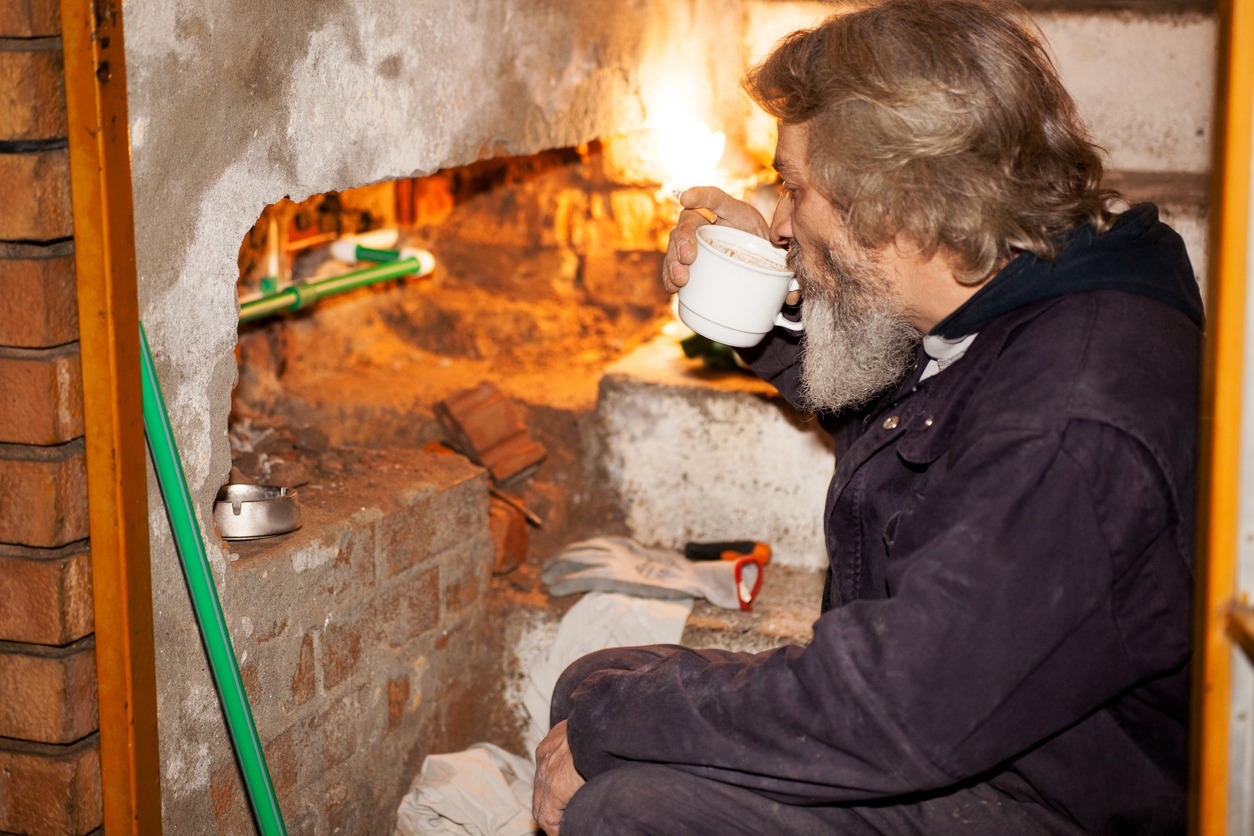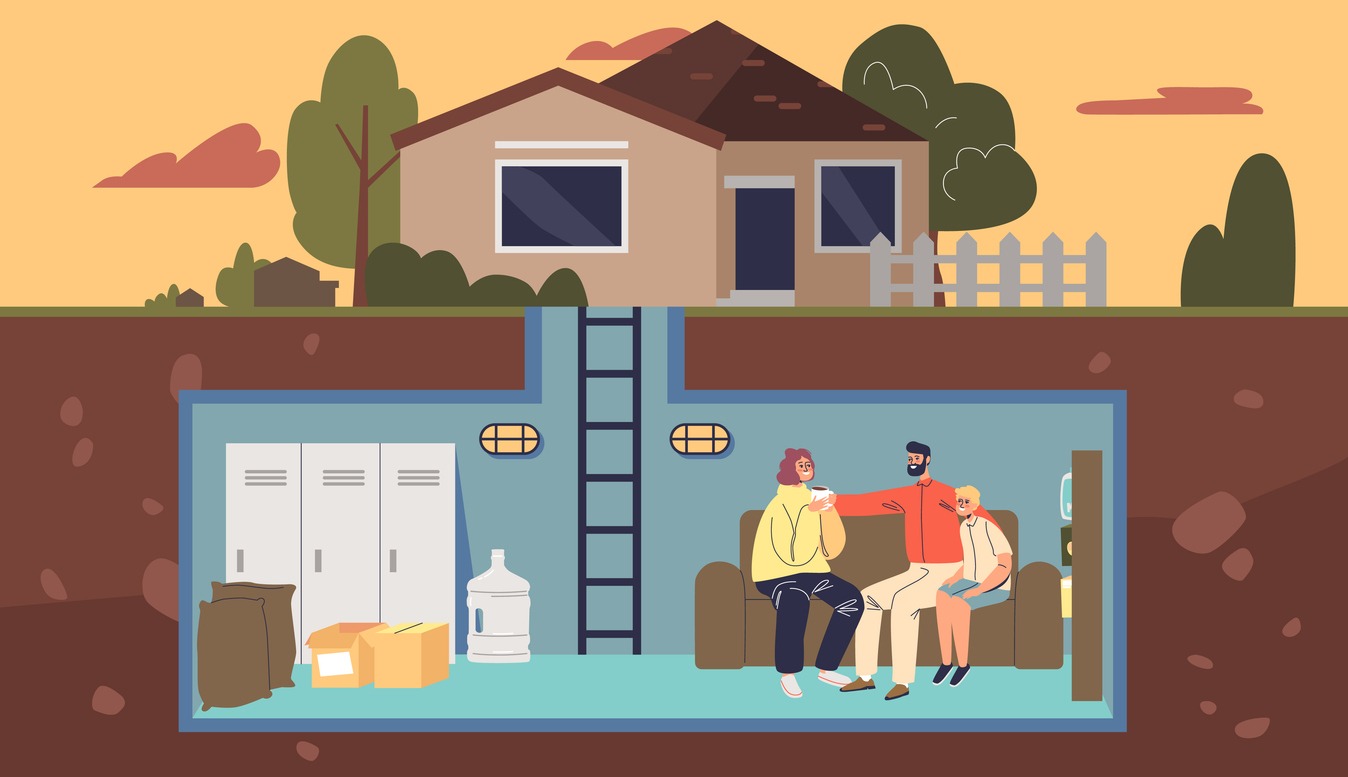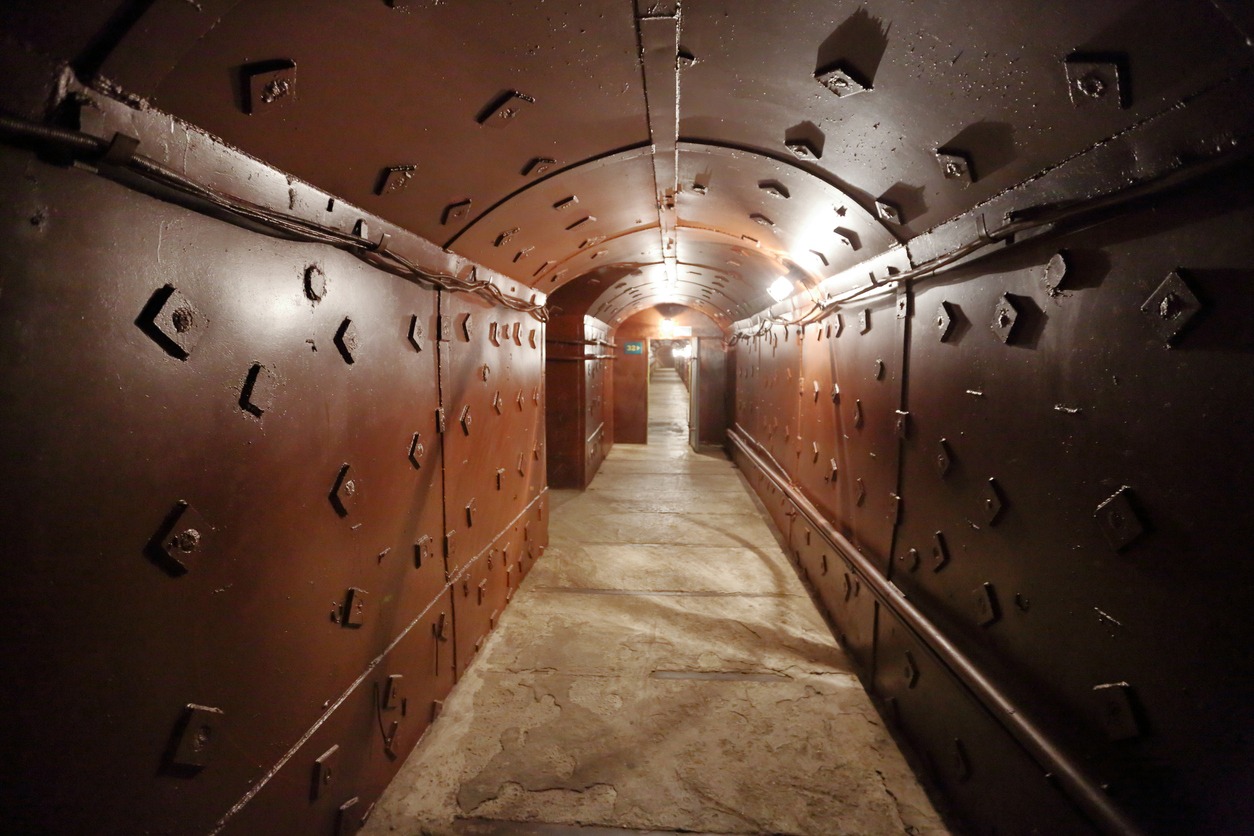In light of the rising threat of nuclear weapons and the potential for health crisis, many individuals who prioritize survival have started taking steps to prepare for the worst-case scenario. Although, buying or building a bunker has become a general trend, primarily among the rich or a certain elite. Ordinary people can afford low-cost means of protection today with optimum consideration of durability and sustainability of your bunker.
A crucial aspect to take into account is determining how long you can realistically survive in the bunker. While it is challenging to provide an exact answer, thorough preparation and adequate provisions can significantly enhance your chances of survival in the event of a catastrophic situation.
Factors Affecting Bunker Survival:
When considering the duration of survival in a bunker, several factors come into play. Understanding these factors is crucial for effective planning and preparation to maximize your chances of long-term survival. Here are the key factors that influence bunker survival:
Quality of the shelter
The quality of the shelter and its construction play a vital role in ensuring survival. It is crucial to install a reliable ventilation system that can withstand various hazards and endure for months. Opting for lighting systems that replicate the natural spectrum of daylight creates a more comfortable environment. Adequate water storage capacity, along with a reliable purification system, is essential. Acquiring suitable clothing and bedding for colder seasons helps maintain body temperature. Building a reserve of batteries and exploring alternative electricity generation methods ensure a reliable power source. Maintaining communication channels through a portable radio and Walkie-Talkies is important. Additionally, the construction and design of the bunker must prioritize resilience and safety, using sturdy materials, reinforced structures, and appropriate architectural features to withstand potential hazards like nuclear attacks or natural disasters. Lastly, keeping copies of critical documents securely stored within the bunker provides essential information for the future.
Availability of essential supplies
Ensuring you have enough essential supplies is crucial for bunker survival. Make sure to stock up on non-perishable canned foods, dried fruits, vegetables, and sustainable snacks that can last a long time. Consider the number of people in the bunker and how long you anticipate staying. It’s also important to have a well-stocked pharmacy with medications and medical supplies in case of accidents or illnesses. Don’t forget to include essential tools, versatile multi-tools, and self-defense weapons to handle different situations and keep yourself safe. Stockpile plenty of batteries to ensure a reliable power source for important devices. Adequate provisions of food, water, and other necessary supplies are fundamental. Think about having a renewable water supply or a water filtration system for drinking water. Lastly, discuss and plan how to dispose of waste to maintain cleanliness and hygiene in the bunker.
Waste disposal
When planning and constructing a bunker, it is crucial to prioritize waste disposal methods as part of the overall design to maintain cleanliness and hygiene. Proper waste management is essential for creating a safe and sanitary environment within the bunker. By implementing effective waste disposal systems, such as designated storage containers, sanitary facilities, and a plan for safe waste disposal, you can prevent the spread of diseases and promote the well-being of all occupants. Ensuring proper waste management practices helps to uphold a healthy living environment inside the bunker.
Ventilation
When constructing a bunker, it is crucial to prioritize the installation of a reliable ventilation system that guarantees an adequate oxygen supply and promotes sufficient airflow. This helps prevent the accumulation of harmful gases and regulates temperature, creating a safe and comfortable environment for long-term habitation. Additionally, equipping the bunker with an NBC filtration system that operates independently of electricity is essential to filter out potential contaminants and ensure a breathable atmosphere, free from biological or chemical agents. These measures are vital for maintaining the overall safety, health, and livability of the bunker environment throughout extended periods of occupancy.
Types of Shelter based on Length of Stay
1. Fallout shelter – a fallout shelter could be a small, reinforced room within a residential basement or an underground structure built specifically for radiation protection. It may have thick concrete walls, airtight doors, and ventilation systems equipped with filters to remove radioactive particles from the air. Inside, you might find basic supplies like canned food, water containers, first aid kits, and radiation detection equipment. The primary purpose of a fallout shelter is to provide short-term protection, typically for a few days or weeks until the immediate danger of radioactive fallout diminishes.
2. Long-term bunker – this is designed for extended periods of habitation. It could be a larger underground facility with multiple rooms or even an entire underground complex. These bunkers are equipped with comprehensive amenities to support sustainable living. For example, they might have advanced water filtration systems that can purify water from underground sources, renewable energy sources such as solar panels or wind turbines, and extensive food storage areas with a variety of non-perishable items. Long-term bunkers also prioritize psychological well-being, with features like natural lighting simulation, exercise areas, and recreational spaces. The goal is to create a self-sufficient and comfortable living environment for extended stays underground, ranging from weeks to months or even years. The truth is, the smaller the space, the shorter the time you can endure before experiencing mental distress or extreme behaviors due to depression.
The Uncertainty of Duration
Impact of Bunker Living Conditions
The length of time someone can stay in a bunker depends on factors like their personality, mental strength, and adaptability to being confined and isolated. Within around 48 hours of being in a bunker, people may notice changes in their behavior and mindset, especially in smaller spaces. The lack of natural sunlight and vitamin D, along with the psychological impact of being unable to leave, make living in these conditions even more challenging. Additionally, adjusting to a limited diet of survival food and the lack of personal space add to the overall difficulties.
Adaptation and Resilience in Underground Living
The time it takes for someone to display irrational behavior or consider leaving the bunker varies from person to person and is subjective. Individuals who are used to spending a lot of time alone and are comfortable with isolation, like those who work on computers or enjoy solitary activities, tend to adapt better to underground living. Their transition is easier because it’s a less drastic change in their lifestyle.
Psychological Challenges for Outgoing Individuals
On the other hand, people who regularly engage in outdoor exercise, interact with different individuals at work, or have outgoing personalities may find it tough to be confined in a small space without freedom or external stimulation. The greater the difference between their previous lifestyle and the bunker environment, the higher the chances of experiencing psychological difficulties and struggling to endure long-term confinement. Those who experience a less drastic shift in their daily routines have a better chance of lasting longer underground from a psychological perspective.
Conclusion:
While the idea of living in an underground bunker may seem extreme and undesirable to many, survivalists believe in being prepared for unforeseen circumstances. They devote significant time and effort to creating a safe and well-equipped refuge that can support them for a long time. Along with stocking up on necessary supplies, they also recognize the significance of mental well-being. To maintain a sense of normalcy, they establish routines, engage in activities that bring them comfort, and build a supportive community within the limited space. By focusing on self-sufficiency, managing resources effectively, and cultivating psychological resilience, survivalists aim to overcome the challenges of dire situations and ensure their own survival.



